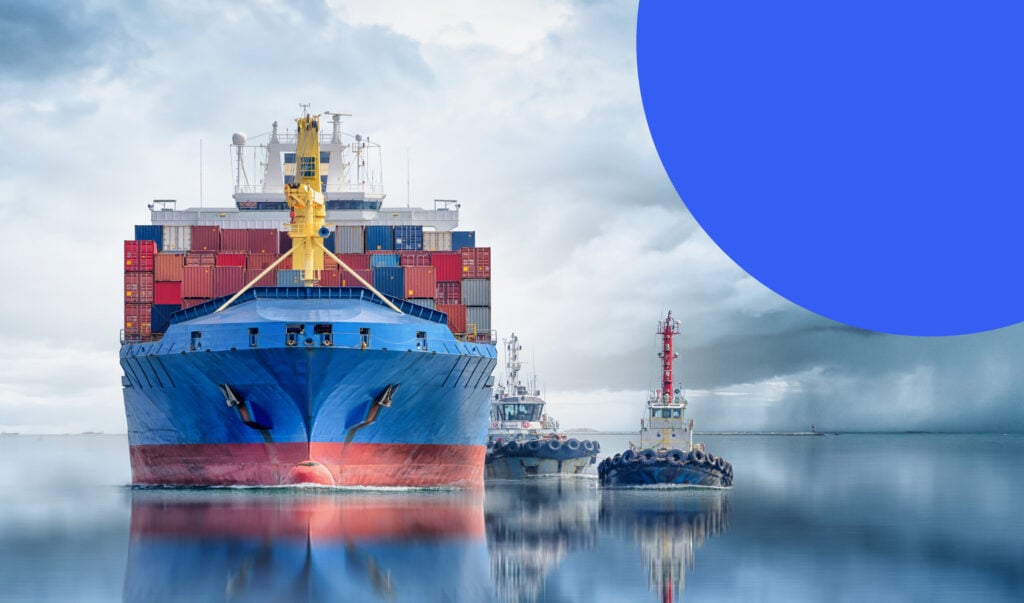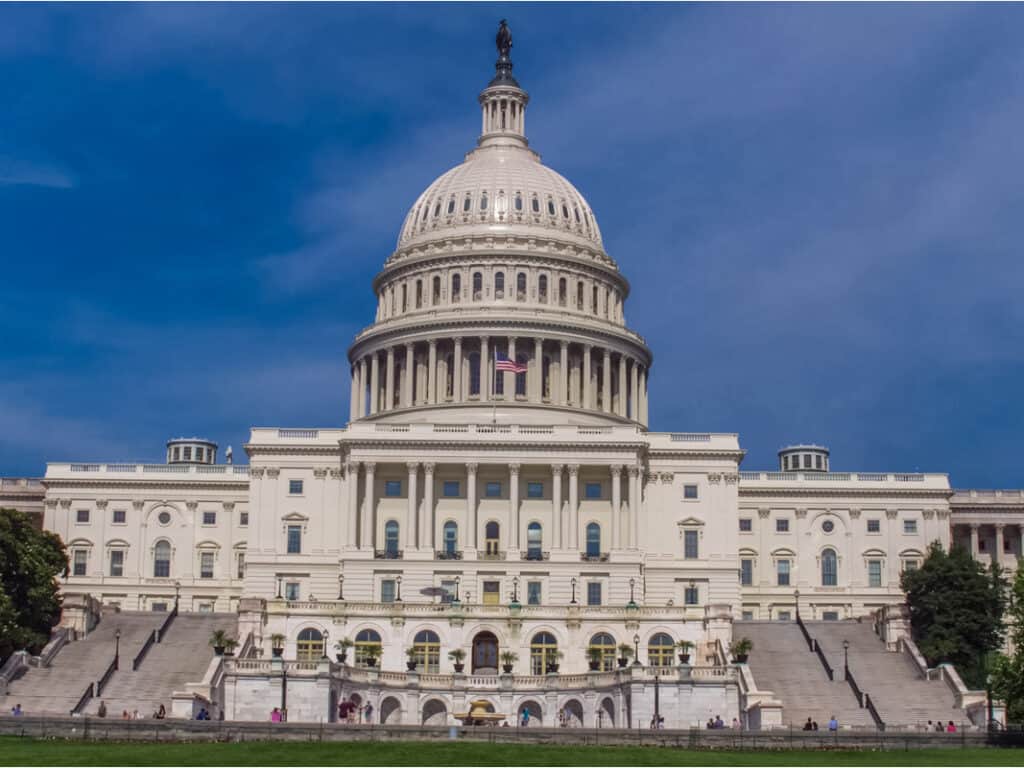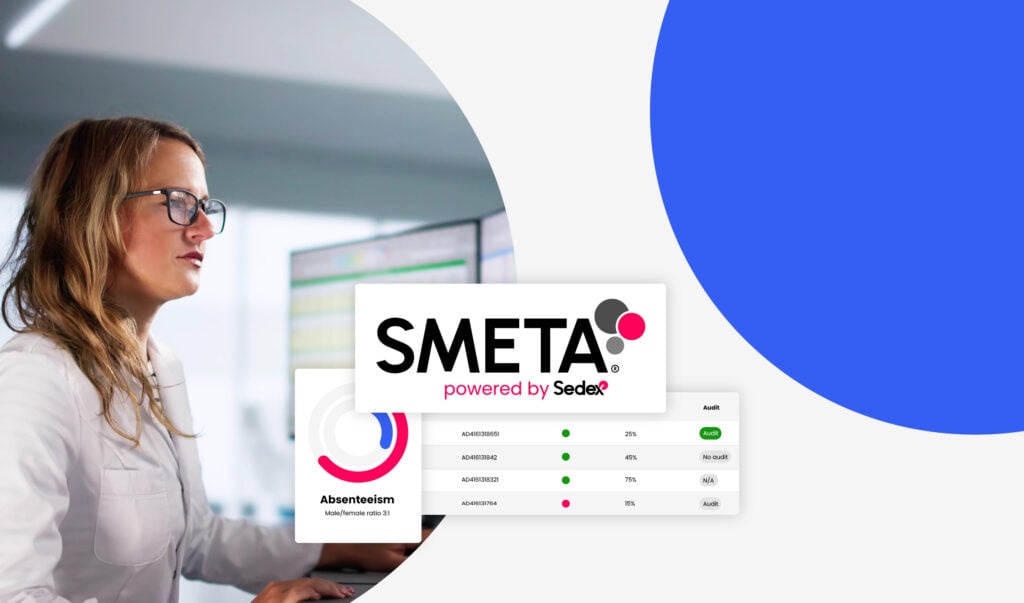The EU forced labour ban: What you need to know
In September 2022, the European Commission released a proposal for a forced labour ban, which would apply across the European Union (EU). The ban isn’t signed into law yet, but it will be hugely significant for businesses – we recommend starting preparations now. Here’s what we know so far.
Despite national laws, international agreements and established standards for sustainable business conduct, forced labour persists. The latest global estimates from the International Labour Organization show some 28 million people are in forced labour globally[i].
As part of tackling this exploitation, the EU has announced a product ban for anything made with forced labour, to apply across the EU market. The ban will likely come into force two years after being signed into law, which is yet to happen.
There is a clear opportunity for companies to use this time to prepare for the product ban, using the data-led tools and technology to build visibility of forced labour risks across their supply chains. This and other activities to prepare is the same approach companies need to take to comply with related laws – such as the EU Corporate Sustainability Due Diligence Directive.
Putting these steps, such as regular supply chain risk assessments, in place now enables your business to meet multiple sustainability-related requirements efficiently. By the time this forced labour product ban comes into effect, you can demonstrate an established sustainability programme – which will help to avoid your products being banned, disrupting supply lines.
Need support with legislation? Our Consulting team can help you streamline your approach to meeting business sustainability laws – get in touch to talk.
What is the proposed EU forced labour product ban?
This is new legislation that would ban any products, including their components, made with forced labour from the EU market. The Commission’s draft proposal says:
- The ban should apply regardless of whether products are made and sold within the EU, imported in, or intended for export.
- Each country in the EU will select a national authority responsible for enforcing the ban. These authorities will investigate products suspected of being made with forced labour at any stage of production, even if some stages took place outside of the EU.
- If an authority finds that forced labour has been used, they can ban products from being sold, imported, or exported. There could be other penalties for businesses, yet to be outlined, which may include fines.
Who will the ban apply to?
According to the Commission’s draft proposal, the product ban would apply to all sectors, products, and companies. It will apply to any stage of production, including harvesting and manufacturing.
However, the draft recognises that the authorities enforcing the ban will need to prioritise where they focus. It recommends they focus on products where the risks of forced labour are highest, including based on the quantity of products and the scale of suspected exploitation (a “risk-based approach”).
The proposal also recognises that small and micro-sized businesses (SMEs) don’t have the same resources as larger companies to manage forced labour risks, and that authorities should bear this in mind.
What else do we know?
- The product ban will align with other laws, including the Corporate Sustainability Due Diligence Directive, and international standards such as the UN Guiding Principles for Business and Human Rights (UNGPs).
- The EU Commission will create guidance for businesses on steps to identify, prevent and address forced labour (due diligence). including specific guidelines for SMEs with limited resources. The Commission will also create a database of forced labour risks and an information-sharing network to support both business and authorities in prioritising where they focus their efforts.
- The burden of proof to show that forced labour has been used will sit with the authorities investigating a product.
- Businesses will have 15 working days to provide information on how they address forced labour risks when authorities request this, with some exceptions.
- The proposal recommends that when products are banned in one EU country, other EU countries should also ban those products.
What happens next?
The final version of the proposal will be agreed with the European Parliament and EU Council. Once a final version is signed, there will be a two-year preparation period before the law becomes effective and applies to businesses.
What should I do now to prepare?
Use the data-led assessment tools and technology available to build essential visibility, map risk, and drive sustainable practices across your supply chain, including the lower tiers.
This is necessary for any sustainability-related activity, from modern slavery statements to ESG reporting, and can bring other benefits including operational efficiency, better risk management, and a more resilient supply chain.
How Sedex can support you
- Use our Sedex platform to map your supply chain and hold sustainability data, gathered through supplier questionnaires, in one place for integrated analysis and more informed business decisions.
- Identify and prioritise supplier risk with our risk assessment tool, which includes a Forced Labour Indicators Tool
- Use our world-leading social audit, SMETA, to uncover forced labour indicators and other social or environmental risks at sites within your supply chain.
- Speak to one of our Consulting team to develop a sustainability strategy for your business.
Sedex perspective
This proposed ban comes as we see more and more responsible business laws around the world, especially those requiring businesses to carry out supply chain due diligence. It mirrors the recent Uyghur Forced Labour Protection Act in the United States.
It’s important that this ban aligns with the other obligations and laws for businesses, to help them address several requirements at the same time. However, this proposal goes a step further than many laws in its breadth – rather than focusing on a particular high-risk region or industry, it applies widely.
This breadth is admirable in its ambition, but some prioritisation and guidance is crucial to ensure businesses are not overwhelmed. Companies will need help prioritising where they focus their efforts to identify, prevent and address forced labour risks. EU countries and their authorities will also need guidance on where to focus – otherwise it could prove challenging for these authorities to effectively and practically enforce the ban.
[i] New estimates released in September 2022 by the International Labour Organization, International Organization for Migration, and Walk Free indicate 28 million people globally are in forced labour, an increase on 2016 estimates – https://www.ilo.org/global/about-the-ilo/newsroom/news/WCMS_855019/lang–en/index.htm



